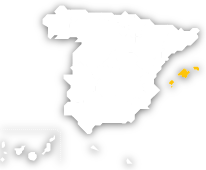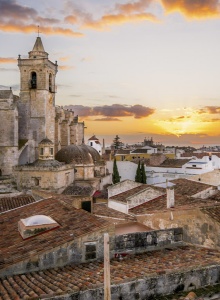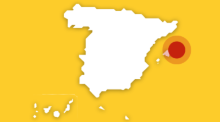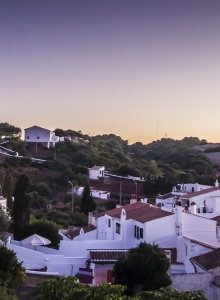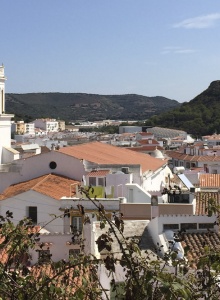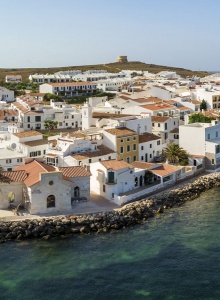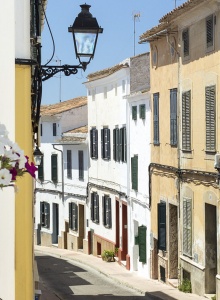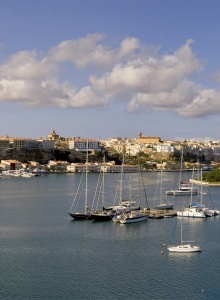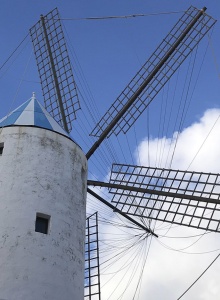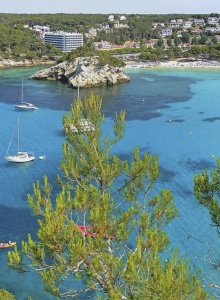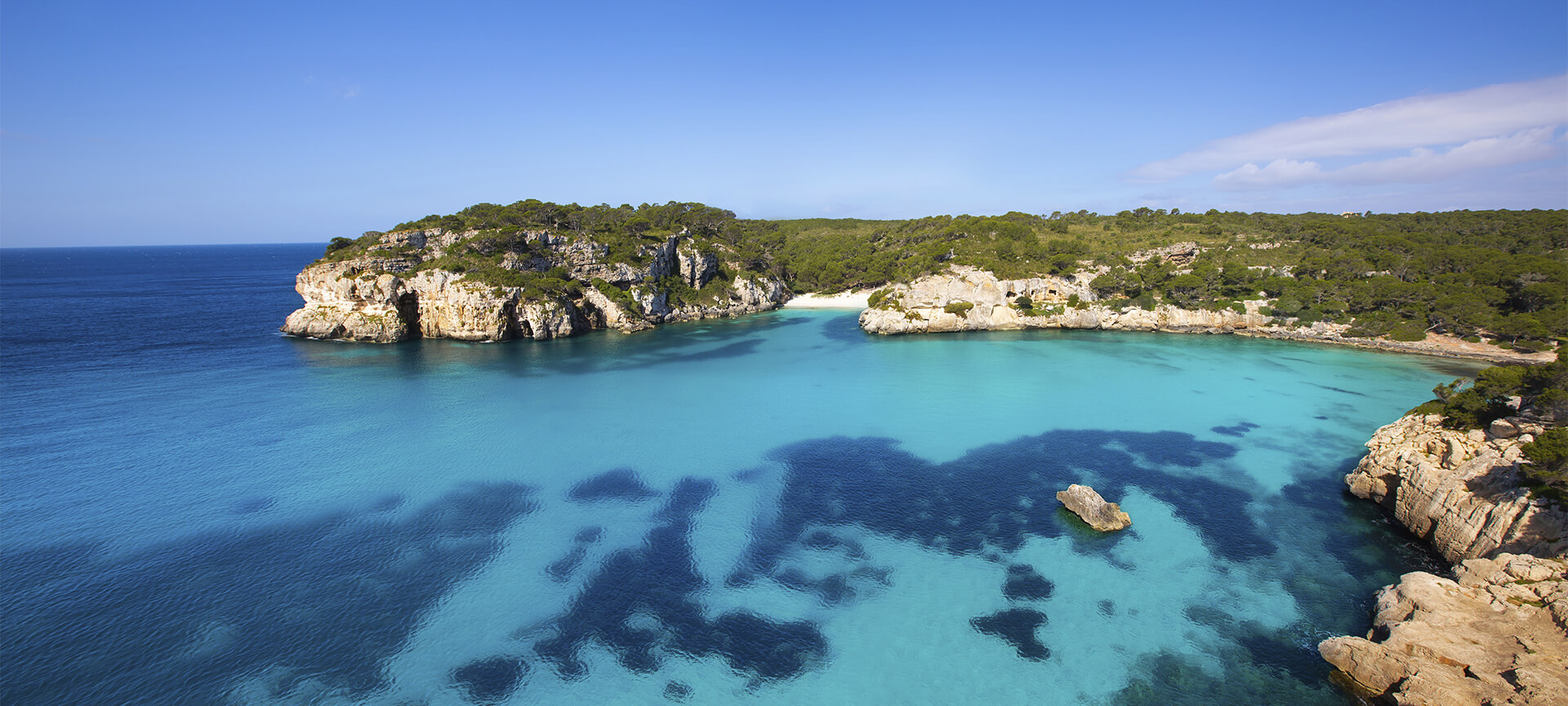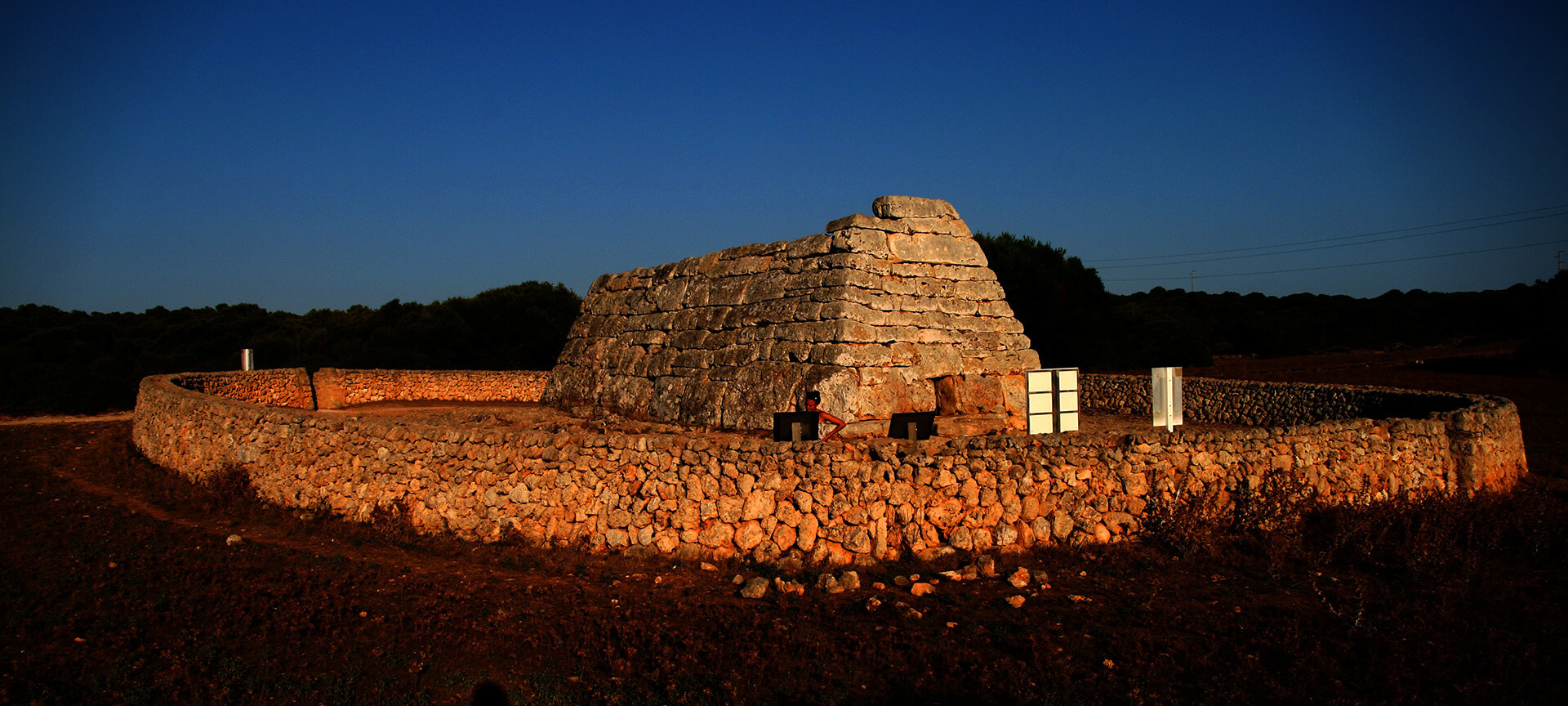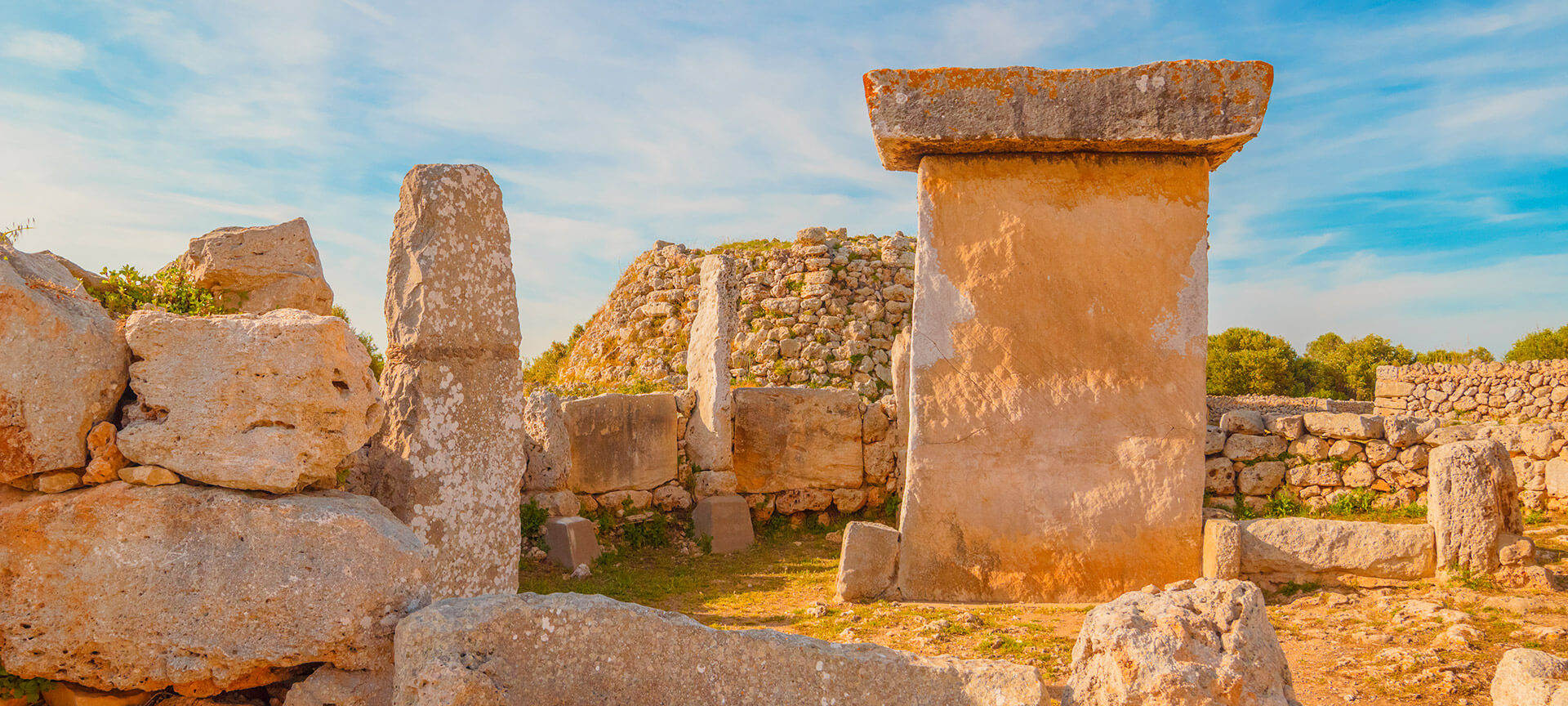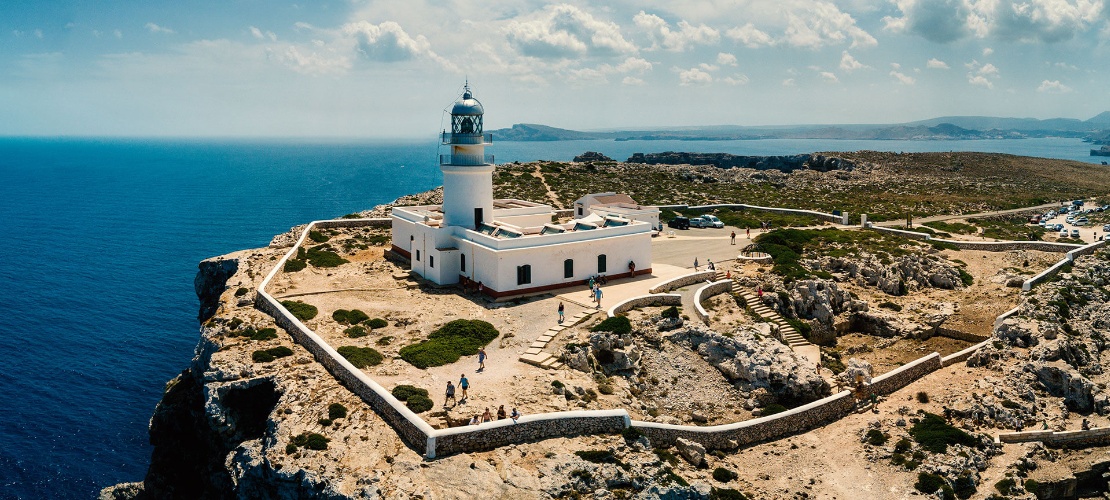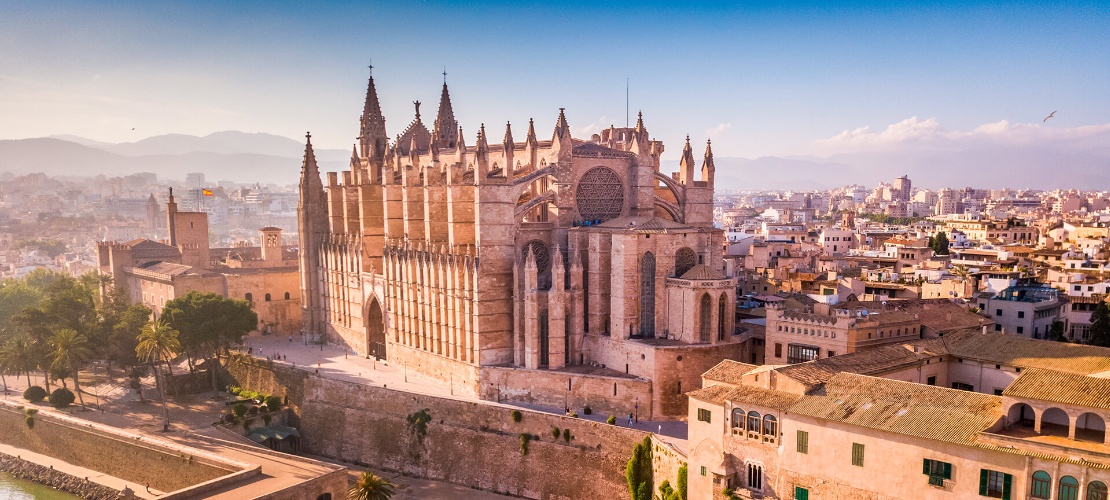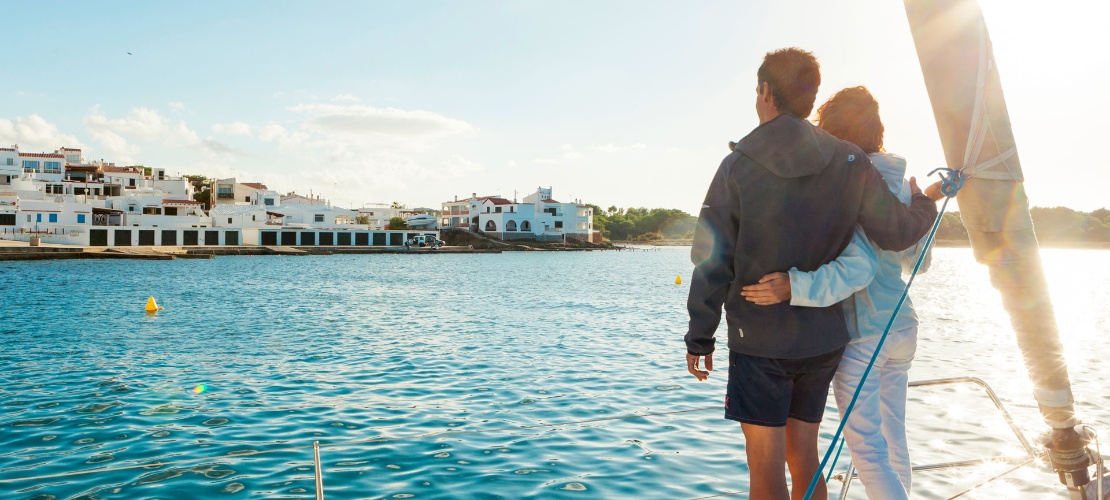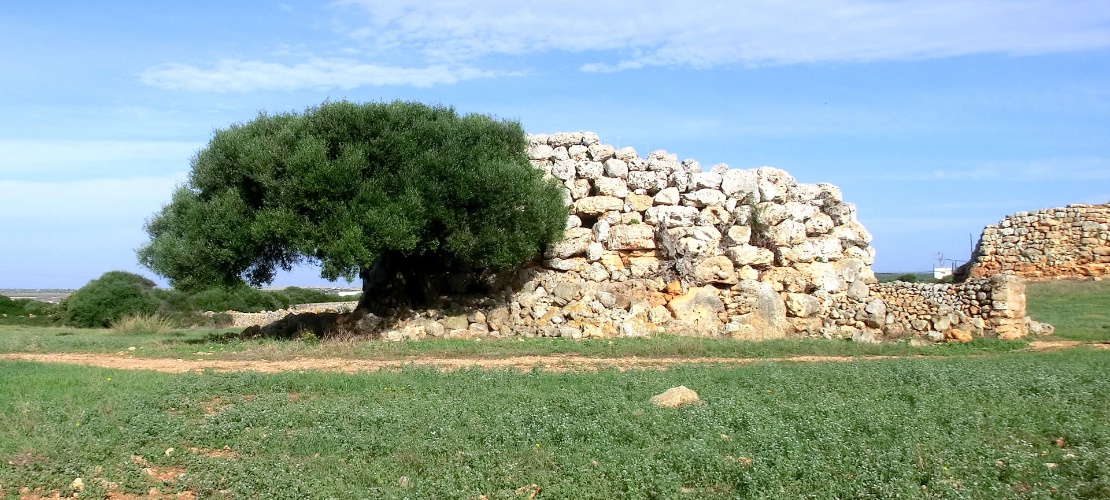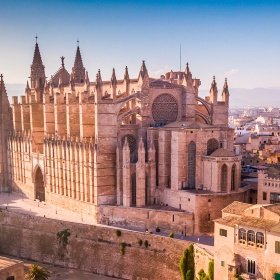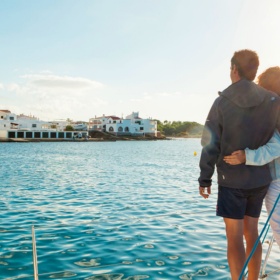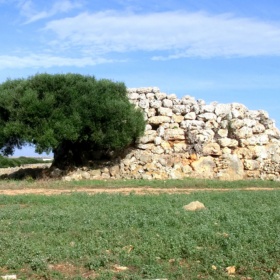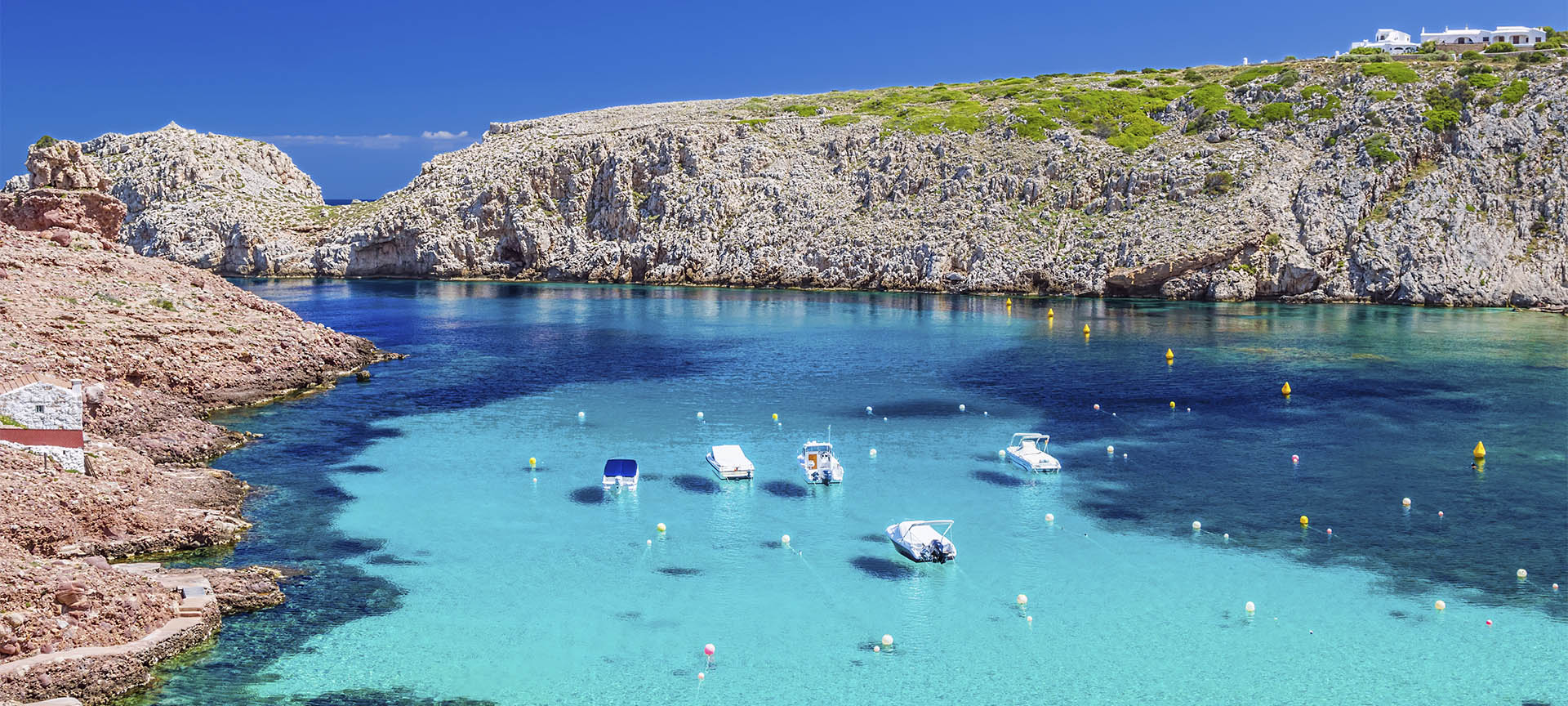
The island has 216 kilometres of highly varied coastline, from the rugged shores and reddish beaches of the north, to the gentle relief of the south, with golden sandy coves. There are many different options to enjoy sun and sea, whether on broad sandy beaches or at small coves surrounded by pine groves. They all have one thing in common, however: clean, crystal clear waters.
You can go sailing, windsurfing, water skiing and, of course, scuba diving here. Minorca's stunning sea bed has been a favourite amongst diving enthusiasts for decades. The island transmits a sense of calm, largely on account of its valuable countryside. Minorca has the UNESCO Biosphere Reserve designation and a wealth of flora, fauna and landscapes.
Debe activar Javascript para poder utilizar este servicio
What to visit
Select from the list or hover over the map to find out about points of interest.
Activa JS
Places not to be missed
Other ideas for your trip
